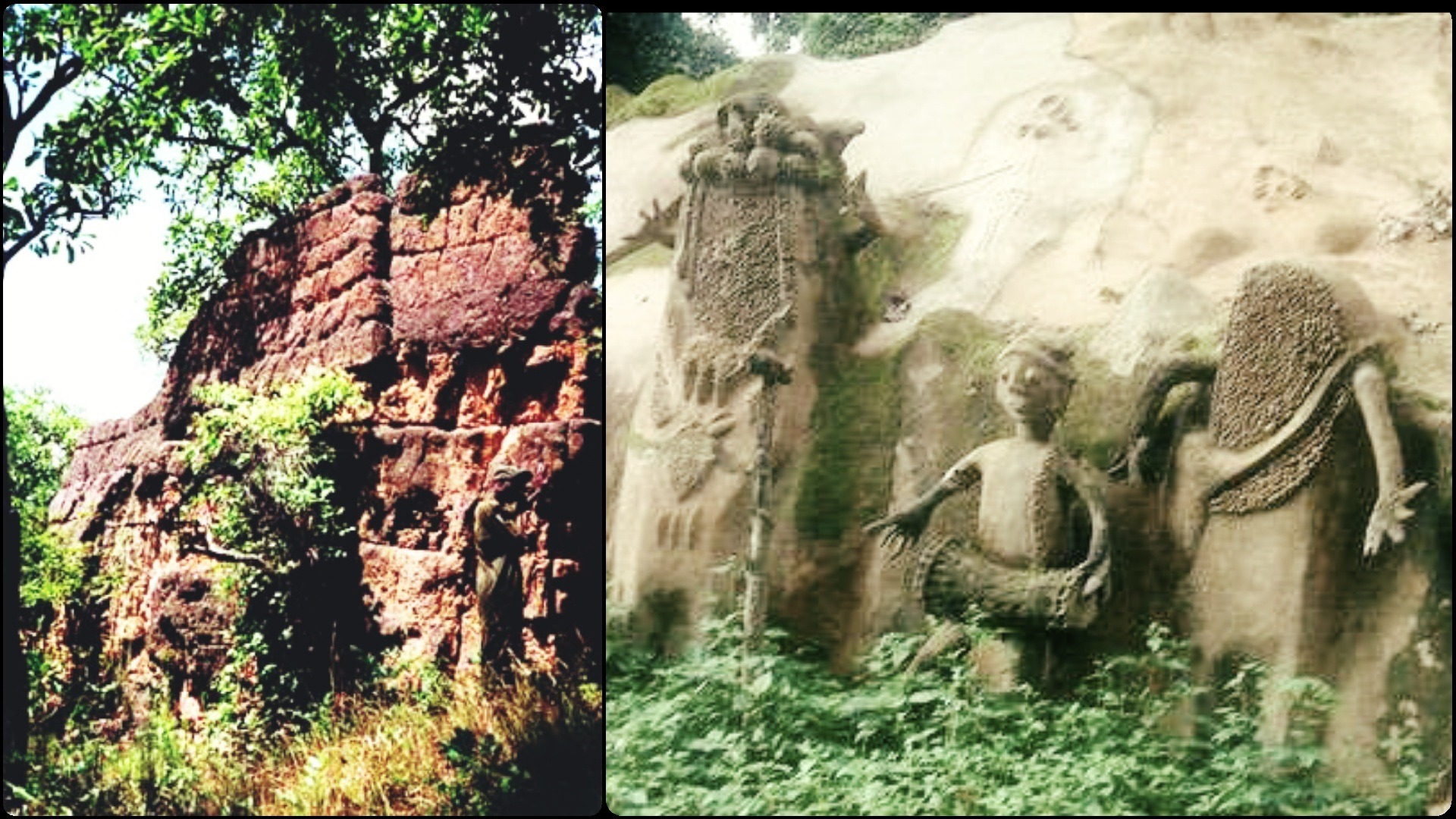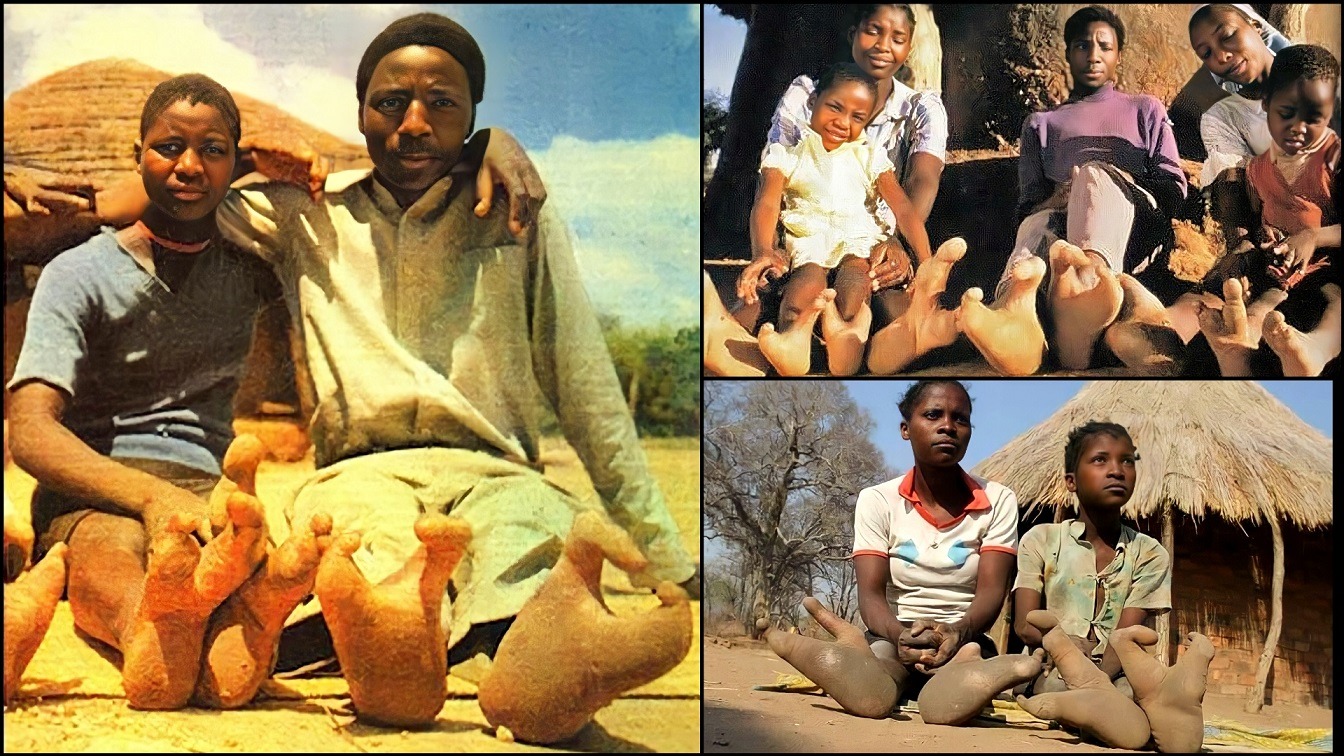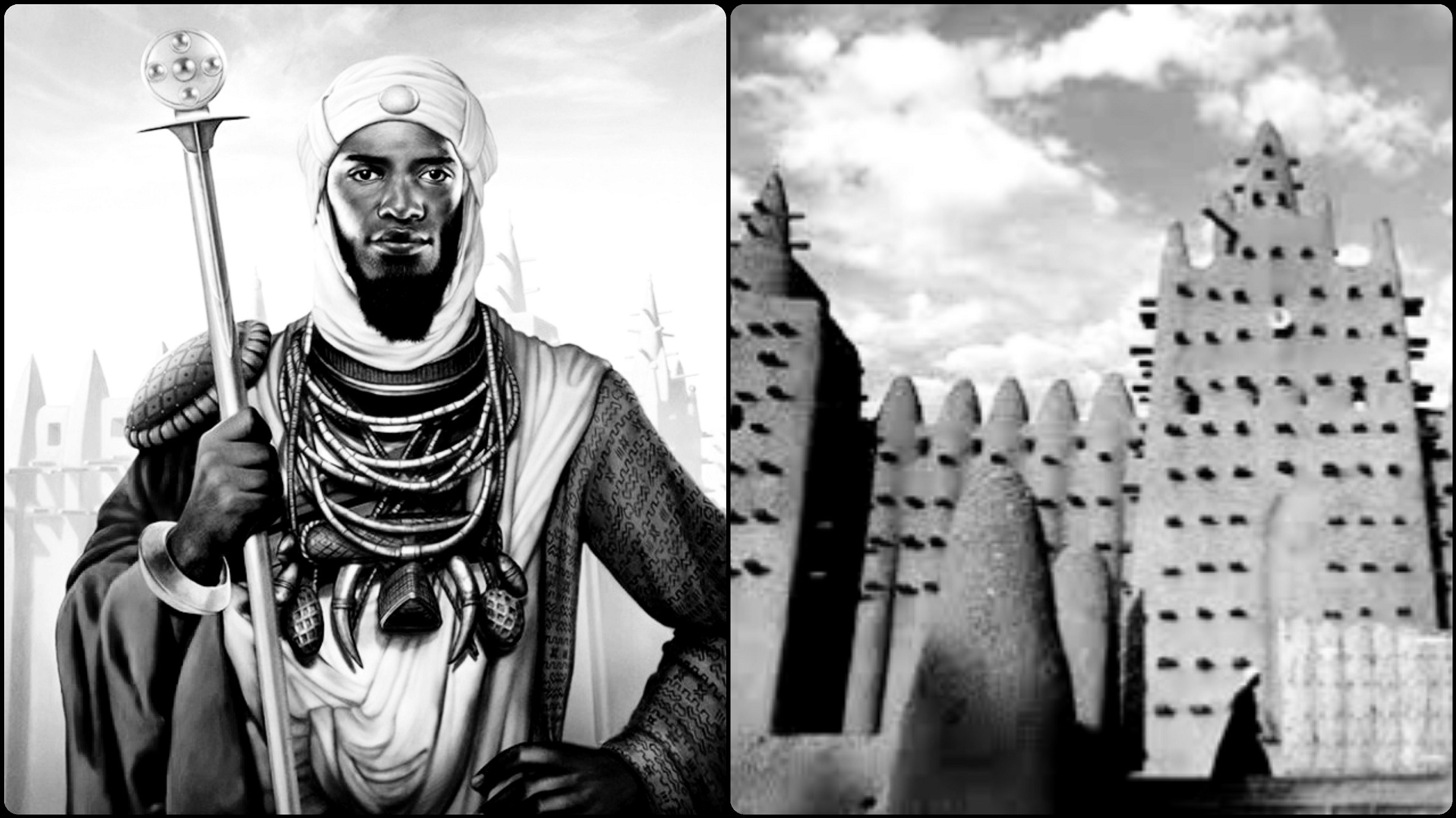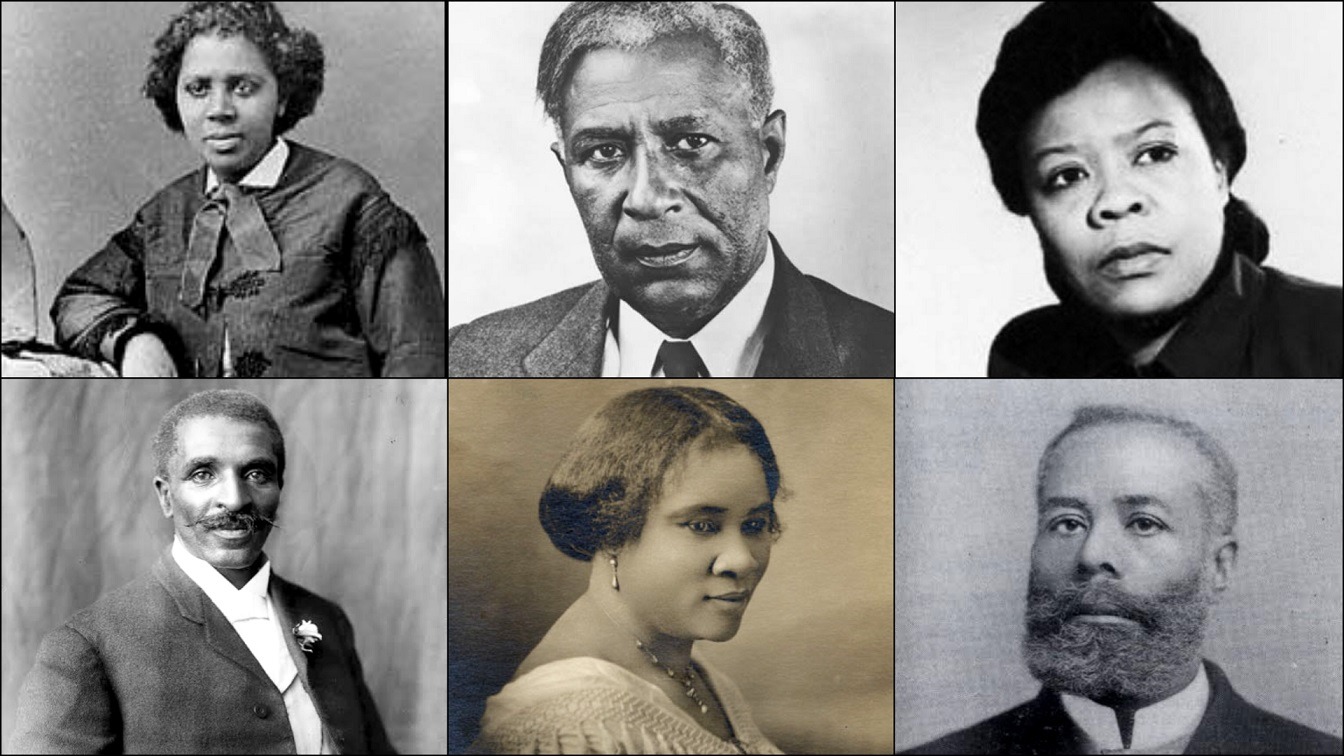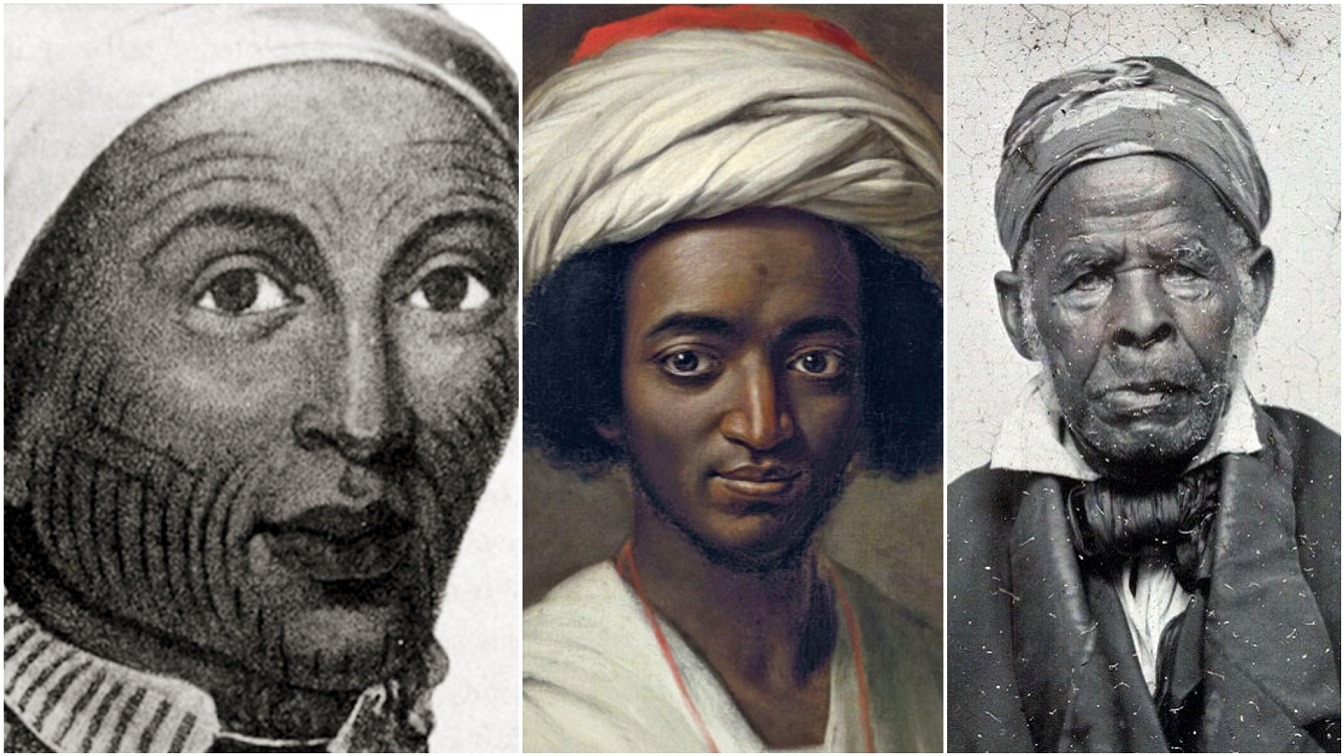Eredo, Yoruba Land: Just off the highway in this nondescript town, in a dirt path that meanders through the dense vegetation and trees of the heavy Nigerian rainforest, lies the relics of what is arguably one of the most impressive monuments in sub-Saharan Africa: an extensive, 100-mile-long wall and moat which was constructed some 1,000 years ago.
Known as Sungbo Eredo, the ancient monument was built around a little-known kingdom of the Yoruba, which is one of the three major ethnic groups in Nigeria, and encircles towns and villages. At this site, the Eredo earthen bank goes up to around 70 feet from the belly of a wide ditch, its crimson vertical wall shining with bits of moss.
Very few Nigerians have ever heard of the name, and much fewer have even dared to pay it a visit. Much of the ancient relic lies in ruins, or enveloped in the thick, almost impenetrable jungle forest, totally left to decay by both locals and the government.

However, over the past couple of years, a combined team of Nigerian and British archaeologists and nature preservationists have managed to succeed in mapping the structure following the pioneering work of an earlier archaeologist raised the interest and curiosity of Patrick Darling, an archaeologist at the Bournemouth University of Britain.
Following carbon mapping of the remains of the rampart, it has been established at it dates back to at least the 10th century and is also suggestive of a highly organized kingdom that existed in the deep rain forest at least for 300 years than earlier thought.
Due to the fact that diverse ethnic groups and peoples have lived in what is considered Nigeria over the centuries, and because very few archaeological works have been carried out in the territory over the years compared to other counties in the region, Nigeria is considered a treasure trove of archaeological discoveries.
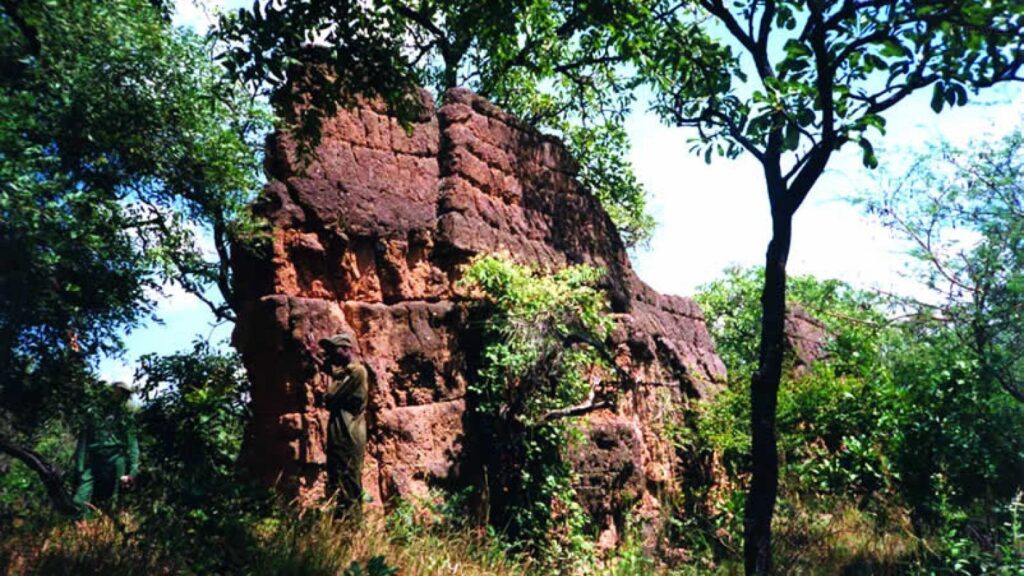
”What else lies in the rest of the rainforest in Nigeria?” said Mr. Darling, leader of the mapping team. ”There is so much in Nigeria that’s not known.”
Covering an area of approximately 25 miles from south to north and 22 miles from west to east, the Eredo is located in the northeast of Lagos, Nigeria’s commercial capital. But, just as it is the case with most historical antiquity in Nigeria, the need to preserve and maintain its historical relevance has attracted very little government interest. This is according to Willie Nwokedi, president of Legacy, a private conservation group based in Lagos.
Under the military, which ruled the country for the most part of its post-independence history since 1960, much of the nation’s historical sites were left in ruins and deterioration. For instance, one could see people walking atop the remains of the walls in Nigeria’s ancient city of Kano.
To compound the antiquity crisis, many of the country’s museums have been looted, and when artifacts are unearthed, they often end up being sold illegally to collectors overs.
In the words of Beatrice Fisher, an official at Legacy, ”When you are a developing country, the primary goal is to survive. Important issues like preservation of history tend to take a back seat in times of turmoil.”’
The conservation group is preparing to release a map listing 129 historical sites, comprising mosques in old Muslim cities of the north, as well as shrines in the southwest, and British consular houses in the southeast. With Nigeria now firmly practicing democracy, it’s easier for tourists to enter the country and visit some of these historical sites.
Local legend has it that Eredo was built by Sungbo, a rich but childless widow who wanted to leave a legacy by erecting the giant monument. The gigantic edifice, which was probably built over 300 years, served much less as a physical fortification than a spiritual one, according to Mr. Darling.
At its foot were shrines where the local inhabitants left offerings and victuals for the goods to protect them from invading outsiders. ”It’s like a double yellow line for not passing,” Mr. Darling said.
Another traditional practice that has survived to this day within the precinct of the monument is where women come to pray at the foot of the structure in the belief that it will help them with having children. Another interpretation of this practice, according to Mr. Darling, is that they actually came to pray for Sungbo to allow their children to survive and not join the nether world.
In a half-hearted attempt to preserve the site, the Nigerian government built a wall around the burial site back in the 70s, but it has since been overrunning by thick bushes and vegetation.
History has it that the Eredo has brought together and unified several villages and communities within the kingdom, although when asked, the current local inhabitants seemed largely unaware of the importance, or historical relevance of the monument.
